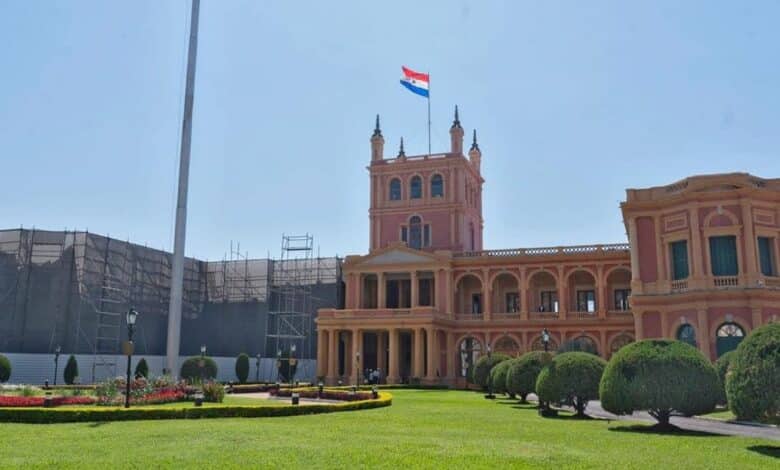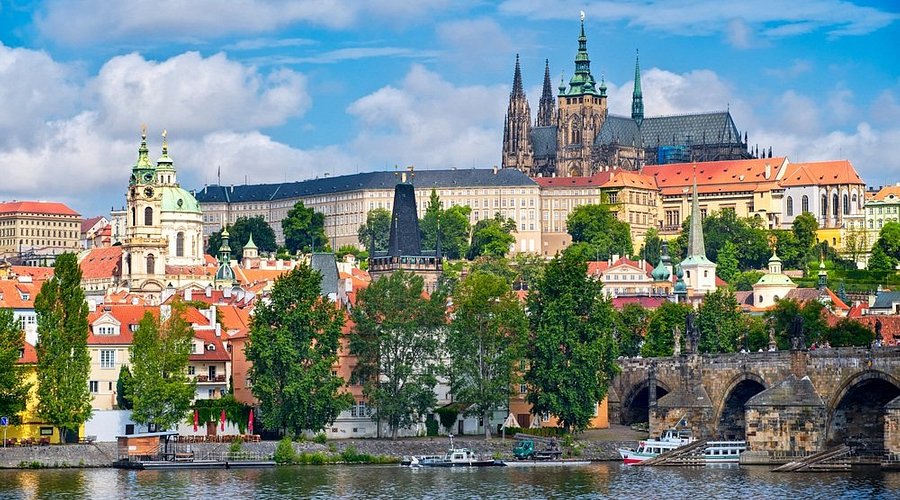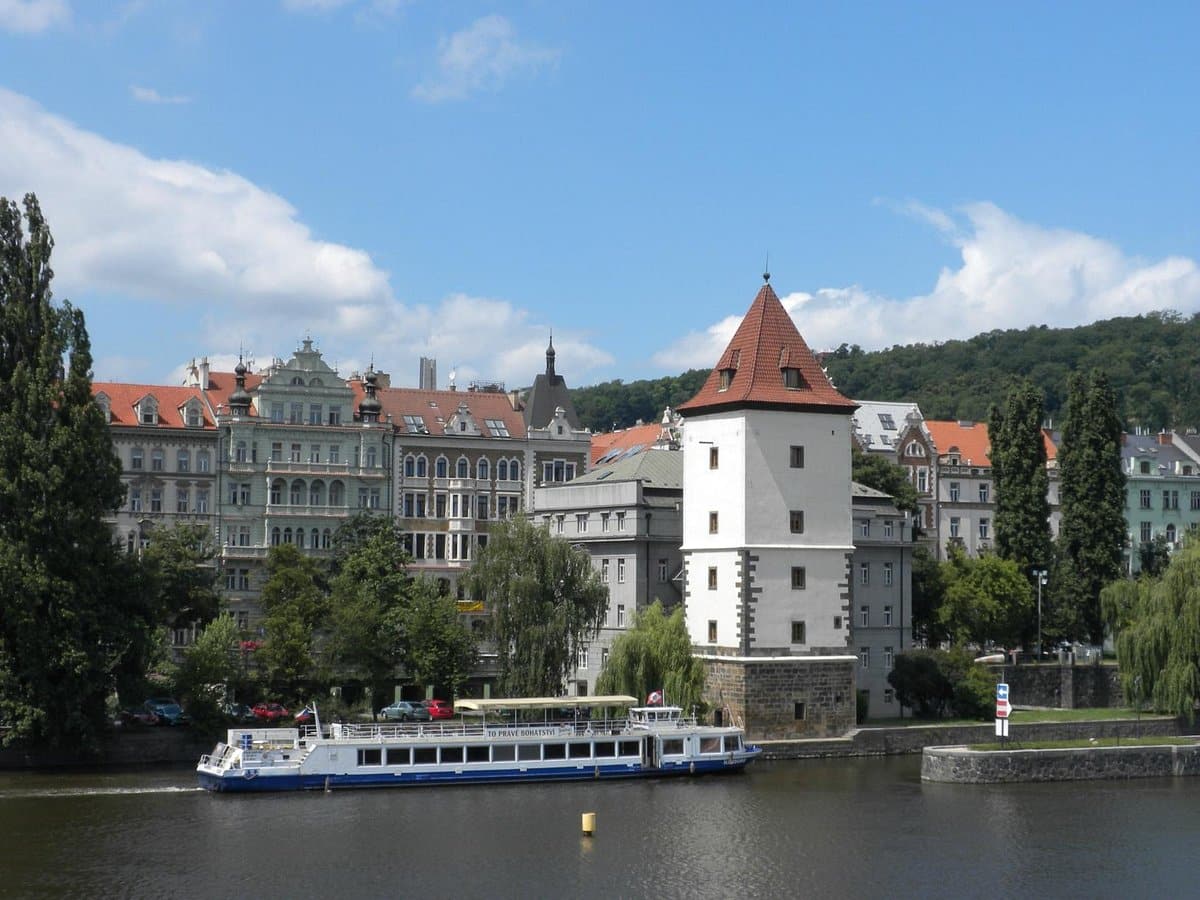Discovering Prague: A Comprehensive Guide to Tourism in the Heart of Europe
Prague, the capital city of the Czech Republic, is a destination that enchants visitors with its rich tapestry of history, culture, and architectural beauty.

Known as the “City of a Hundred Spires,” Prague offers an array of experiences that cater to every type of traveler. Whether you’re a history buff, an art enthusiast, or a foodie, Prague has something special in store for you.
In this article, we will explore the various facets of tourism in Prague, highlighting the city’s historical significance, popular tours, and the diverse range of prague excursions available to make your visit truly memorable.
Historical and Cultural Richness
At the heart of Prague’s allure is its deep historical and cultural heritage. The city is a living museum, with its streets and buildings telling stories of centuries past. The Prague Castle, a UNESCO World Heritage site, is a must-visit landmark.
Perched on a hill overlooking the city, the castle complex is a stunning example of Gothic, Baroque, and Romanesque architecture. A guided tour of the castle allows visitors to explore its many treasures, including the breathtaking St. Vitus Cathedral, the Old Royal Palace, and the Golden Lane.

The Old Town Square is another iconic location that captures the essence of Prague’s history. Here, the Astronomical Clock, dating back to 1410, continues to fascinate visitors with its hourly show. The square is surrounded by beautiful Gothic and Baroque buildings, such as the Tyn Church and the Old Town Hall. Walking through the cobblestone streets of the Old Town is like stepping into a different era, where every corner reveals a new story.
Prague’s cultural scene is equally captivating. The city has been a hub for artists, writers, and musicians for centuries. The works of Alfons Mucha and the music of Antonín Dvořák are just a few examples of the city’s rich artistic legacy. Visitors can explore numerous galleries, museums, and theaters, or join a guided tour that delves into the bohemian spirit of Prague.
Popular Tours and Excursions
Prague offers a wide variety of tours that cater to different interests and preferences. Here are some of the most popular types of tours available:
Walking Tours
Walking tours are a fantastic way to immerse yourself in the city’s charm. These tours provide an intimate experience as you stroll through the winding streets, uncovering hidden gems and hearing intriguing stories from knowledgeable guides. Whether it’s a Prague historic tour, a tour of the Old Town Hall Tower, or a guided walking tour of the Lesser Town, walking tours offer a unique perspective on the city’s history and architecture.
Food and Culinary Tours
Prague is a paradise for food lovers, and a Prague foodie tour is the perfect way to discover its culinary delights. From indulging in a typical Czech lunch to sampling delicious street food and exploring local markets, these tours introduce you to the flavors of traditional Czech cuisine. They also provide insights into the city’s vibrant food culture, making them a must for any food enthusiast.
Day Trips from Prague
For those with more time to spare, day trips from Prague offer the chance to explore the surrounding areas. One popular option is a visit to the Bohemian Switzerland National Park, known for its dramatic landscapes and sandstone formations. Another option is a trip to the medieval town of Kutná Hora, home to the fascinating Sedlec Ossuary and the UNESCO-listed St. Barbara’s Church.
Boat Trips
Experience Prague from a different perspective by embarking on a boat trip along the Vltava River. These tours offer stunning views of the city’s architecture and skyline, providing a unique vantage point that is both relaxing and picturesque.

Some boat trips even include dinner cruises or live music, adding an extra touch of elegance to your Prague experience.
Choosing the Right Tour
With so many tour options available, selecting the right one can enhance your Prague adventure. Here are some factors to consider when choosing a tour:
- Personal Interests: Identify what fascinates you most about Prague. Whether it’s history, food, art, or nature, choose a tour that aligns with your passions.
- Duration and Timing: Consider how much time you have and how long you want the tour to last. Some tours are a few hours long, while others may span the entire day.
- Reviews and Recommendations: Read reviews and seek recommendations from other travelers to gauge the quality of the tour operators.
- Group Size: Decide whether you prefer a small group tour or a private tour. Small group tours offer a more intimate experience, while private tours provide personalized attention.
Tips for a Memorable Tour Experience
To ensure a memorable tour experience in Prague, keep these tips in mind:
- Dress Comfortably: Wear comfortable shoes and dress appropriately for the weather. Prague is best explored on foot, so comfort is key.
- Carry Essentials: Bring a map, water, sunscreen, and any other necessities. Being prepared will allow you to enjoy the tour without distractions.
- Respect Local Customs: Familiarize yourself with local customs and etiquette. Be respectful of the city’s cultural heritage and follow your guide’s instructions.
- Interact with Others: Engage with locals and fellow tourists to enhance your understanding of the city. Don’t hesitate to ask questions and strike up conversations.
- Capture the Moment: Prague is a photographer’s dream, so bring your camera or smartphone to capture the stunning views and architectural wonders. Just be mindful of any photography restrictions.
Conclusion
Prague is a city that promises an unforgettable experience for every traveler. From the historic Prague Castle to the charming streets of the Old Town, the city’s rich history and culture are waiting to be explored. With a variety of prague excursions available, you can tailor your visit to suit your interests and preferences.
Whether you choose a walking tour, a food tour, a day trip, or a boat cruise, each tour offers a unique glimpse into the beauty and allure of this remarkable city. So plan your trip, choose your tours wisely, and get ready to discover the wonders of Prague. The city awaits, and with the right tours, you’re sure to create memories that will last a lifetime.







